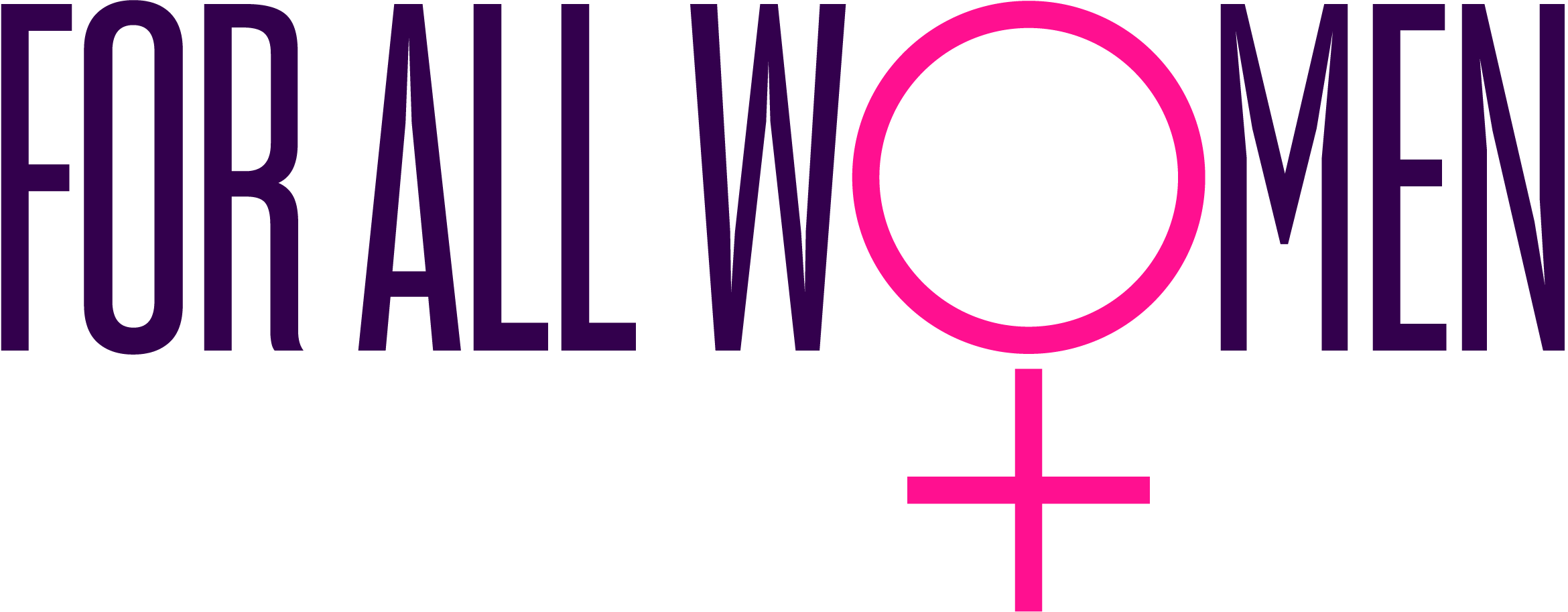Improving women’s economic equality and financial resilience.
We believe that women and girls should have the freedom and knowledge to make choices about their own lives and futures.
Bread + Roses collaborates with organisations and change-makers to develop impactful and innovative ways to improve financial resilience and economic equality for all women.
How can you work with us?
-

Intersectional + Diversity, Equity & Inclusion Consulting
We collaborate with you to tailor your financial capability programs, products and services to meet the needs of the diverse communities you serve.
-

Financial Program Incubator
We design programs for you that support the financial wellbeing and resilience of women and gender diverse employees or clients.
-

Business Systems Integration + Innovation
We bring our strategic, operations and general management skills to support your work in reducing disadvantage and oppression of women and girls.
We commit to developing programs, products and services that result in:
-

Money and wealth growth being normalised for women and girls
-

Women and girls knowing how to invest and grow their money across their lifetime
-

A deeper understanding of women’s relationship to money
-

Building the economic empowerment of women who are financially excluded
Who should work with us?
FAQs
-
Intersectionality is a concept and thinking tool coined by legal scholar Kimberlé Crenshaw in 1989. She used the term to describe how Black women in the legal system faced double discrimination - sexism and racism - a compounding factor unrecognised by the courts.
Intersectionality helps us to understand the interconnected nature of social categorisations such as race, class, and gender as they apply to individuals or groups, and how they compound to create systems or experiences of discrimination or disadvantage.
It acknowledges that as individuals or groups, we are made up of not one but multiple, intersecting identities derived from social relations, history and the operation of structures of power.
Intersectionality supports us to explore these multiple identities, and to understand how systems of discrimination cause some people to be marginalised and others to be privileged.
So not only is intersectionality a way of analysing power imbalances, it is also a practical tool that can be used to eliminate imbalances.
-
Simply put, intersectional economics ensures that the economy works for all people, rather than the other way around.
It does this through taking an intersectional approach to identify and eliminate economic discrimination and disadvantages.
Done well, it results in policies, programs, services and products that contribute to economic equality for all people, especially those most marginalised.
-
In Australia, migrant and refugee women are more likely to fall through the cracks in our financial and support systems either during the migration process, resettlement or if they experience financial hardship.
Programs and support services can be designed to reach these vulnerable groups more effectively, efficiently and preventatively, by adopting the following intersecting lenses:
Feminist lens: having women design and deliver the program
Migrant / lived experience lens: a diverse workforce with lived experience designing and delivering the program will ensure stronger impact
Social and economic lens: meeting people where they are at and taking into account how they define themselves
Trauma informed or person-centred lens: supporting programs and services to move beyond stereotypical approaches and meet individuals where they are at.
-
Intersectional economics is complex and messy work, but so are humans.
This approach supports organisations to move beyond stereotypes, assumptions and unconscious biases to reach a more nuanced and complex understanding of the individuals and groups they are trying to serve.
Intersectional economics is a practical tool that can support purpose-driven organisations to think differently about its own systems, capabilities and strengths, and to unlock and activate work.
The insights gained through an intersectional economics approach can result in those ‘a ha’ moments that lead to program innovation and an increase in social impact.





